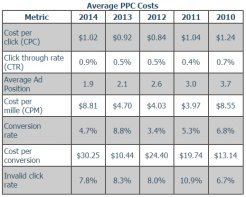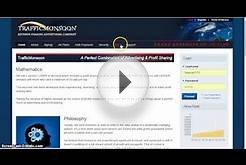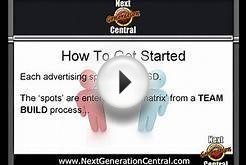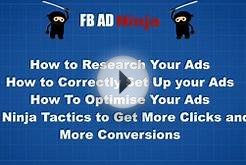Whether you run your business primarily online or off, developing an effective web presence can significantly enhance your overall success. The downside here is that good design and user-friendly sites often come with a pretty hefty price tag. Fortunately, there are significant tax breaks for software and promotional expenses that make investments in your business website an even better choice. Read on for the specific costs associated with building and maintaining a website, and how to go about claiming these deductions.
Software Expenses
While the IRS has not provided much guidance on website-specific deductions, they have provided guidance for software costs. When you purchase a website from a third party who assumes responsibility for the website’s functionality, the costs are treated much like software costs and amortized (spread out) over 3 years - unless the total cost of the website and other equipment purchased is less than $25, 000, in which case you can expense 100% of the cost in the year it was paid.
Conversely, if you decide to develop your website in-house, you have the choice of two different methods of deduction. You can choose to deduct the total cost of the website in the year it was paid or accrued (depending on your accounting method), or you can elect to treat your website as software and amortize your deductions over three years. For tax purposes, the distinction between in-house and outsourced rests on the responsibility for the website’s functionality.
Non-Software Expenses
For instance, say you hire a freelance graphic designer to create three graphic elements for the sidebar of your business blog. If the designer charges $500 for the graphics, you need to estimate how long these elements will continue to be used to calculate your deductions. If you estimate it to be two years before you’ll want to redesign your blog entirely, then you would deduct that $500 over the course of two years ($250/year).
Note that there is a difference between non-software expenses and regular business expenses (purchasing a font license, for example); regular maintenance tasks do not need to be spread out over the useful life of the product.










